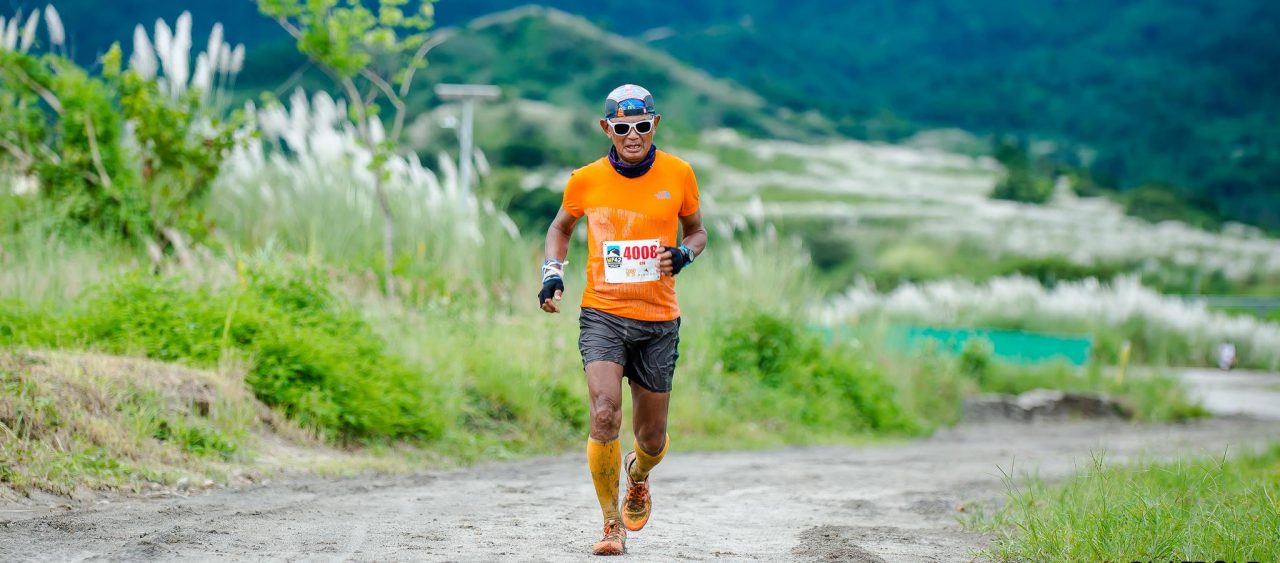**Pilipinas Running: A Journey Through the Philippine Running Scene**

Running in the Philippines is more than just a sport; it’s a vibrant and deeply ingrained part of the nation’s culture. From the bustling streets of Metro Manila to the scenic trails of Baguio, Filipinos have embraced running with enthusiasm, blending the sport with their unique traditions and landscapes.
**A Rising Popularity**
In recent years, running has seen a tremendous rise in popularity across the archipelago. This surge can be attributed to several factors: the increasing awareness of health and fitness, the accessibility of running events, and the growing community of enthusiasts who support and inspire each other.
Local and international races have become common, with events like the Condura Skyway Marathon, the Milo Marathon, and the Philippine Marathon attracting thousands of participants. These events are not only competitive but also inclusive, with categories ranging from elite races to fun runs, encouraging people of all ages and skill levels to participate.
**Community and Culture**
Running has also fostered a sense of community in the Philippines. Running clubs and groups have proliferated, providing a supportive network for both novice and seasoned runners. These groups often organize regular meetups, training sessions, and social runs, creating a communal atmosphere where camaraderie and mutual encouragement flourish.
Cultural festivals and local traditions have seamlessly integrated with running events. For instance, some races are timed to coincide with local festivals, allowing participants to experience the rich cultural heritage of different regions while staying active. The colorful and festive atmosphere of these events often features traditional music, dances, and local delicacies, adding a unique flavor to the running experience.
**Challenges and Triumphs**
Despite the enthusiasm and growth, the running community in the Philippines faces several challenges. One significant issue is the climate. The tropical weather, characterized by high humidity and frequent rain, can be demanding for runners. However, many have adapted by scheduling their runs early in the morning or late in the evening to avoid the peak heat of the day.
Another challenge is the uneven infrastructure. While some areas have well-maintained parks and running tracks, others lack adequate facilities. Nevertheless, the resilience and creativity of Filipino runners have led to the development of alternative running routes, such as urban trails and community-organized runs, which help address these limitations.
**Health and Wellness**
Running has had a profound impact on health and wellness in the Philippines. As awareness of the benefits of regular exercise grows, more individuals are incorporating running into their daily routines. This shift is reflected in the increasing number of people participating in races and the rise of running-themed businesses, such as specialty stores selling running gear and nutrition products.
Moreover, running has become a platform for raising awareness about various social issues and charitable causes. Many races are organized to support foundations and projects that address health concerns, environmental issues, and community development. This philanthropic aspect adds a meaningful dimension to the sport, encouraging participants to run not just for personal goals but for the greater good.
**Future Prospects**
Looking ahead, the future of running in the Philippines appears bright. With ongoing developments in race organization, infrastructure, and community engagement, the sport is set to continue its growth. Technological advancements, such as fitness tracking apps and online training programs, are also making it easier for individuals to train and stay motivated.
Moreover, the rising interest in trail running and ultramarathons signifies an evolving landscape, where runners are exploring more diverse and challenging terrains. This trend highlights the adaptability of the running community and its readiness to embrace new experiences.
**Conclusion**
Running in the Philippines is a dynamic and growing phenomenon that reflects the country’s spirit of resilience, community, and celebration. Whether it’s through competitive races, communal runs, or cultural festivals, running has woven itself into the fabric of Filipino life, offering a pathway to health, camaraderie, and personal achievement. As the running scene continues to evolve, it remains a testament to the enduring passion and unity of the Filipino people.
Be the first to comment